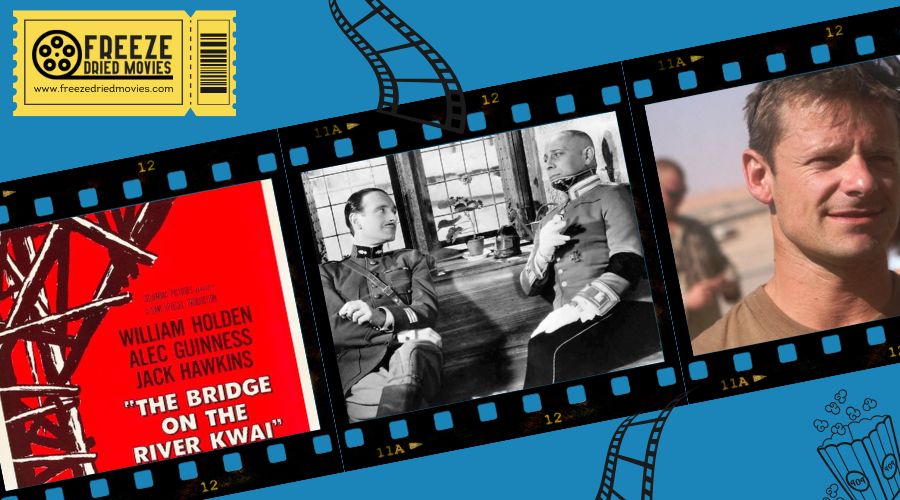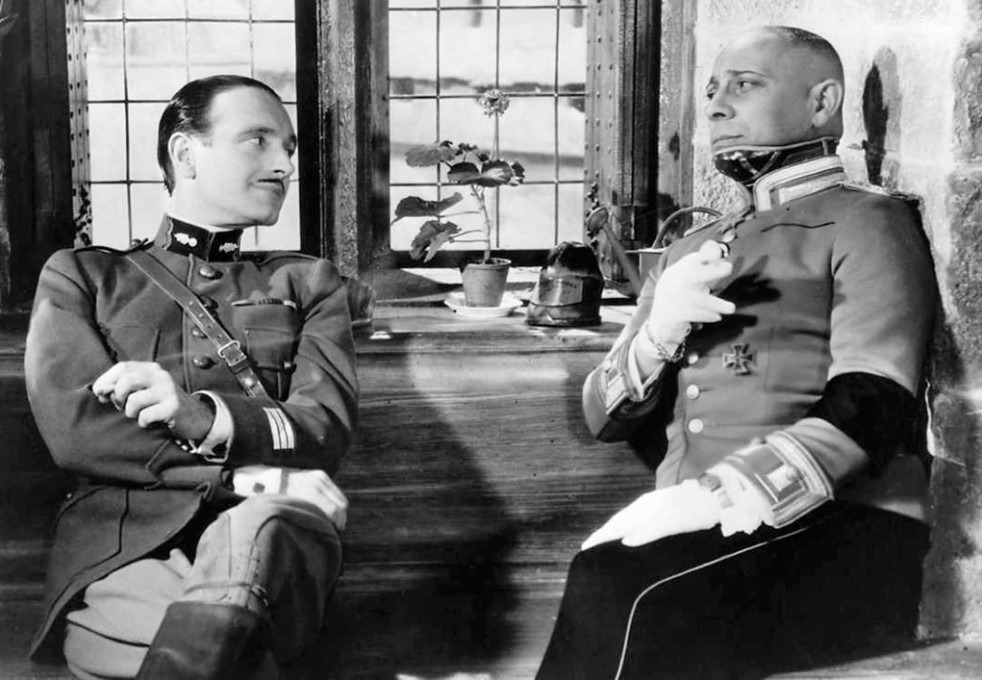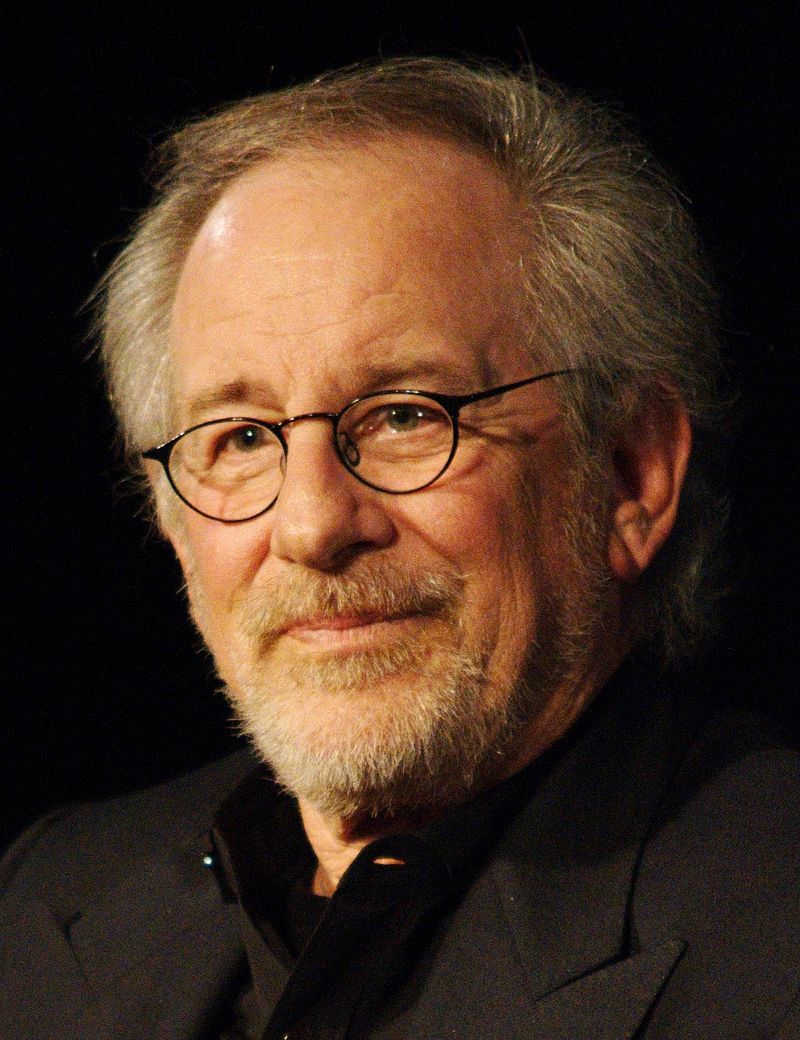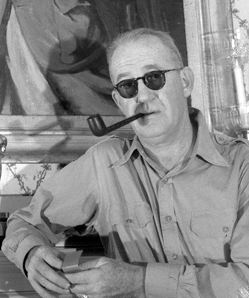From Stalag 17 to The Great Escape: The Best Prisoner of War Movies

If you're exploring the best prisoner of war movies, start with "Stalag 17" and "The Great Escape." "Stalag 17" brings a blend of dark comedy and tension, starring William Holden in an Oscar-winning role. Next, feel the urgency in "The Great Escape," where Steve McQueen's daring motorcycle chase steals the show. Other gems like "The Bridge on the River Kwai" offer gripping narratives about the futility of war and loyalty. "A Man Escaped" sets a high bar for realistic escapes, while "Rescue Dawn" showcases raw survival instincts.
These films capture the spectrum of resilience and camaraderie in captivity. Venture further and uncover more unforgettable highlights.
Classic War Film Highlights
When diving into classic war films, you'll find a rich tapestry of stories that capture both the heroism and the futility of conflict. "Stalag 17," directed by Billy Wilder, cleverly blends dark comedy with the intense atmosphere of a POW camp, earning William Holden an Oscar for his enthralling portrayal. You're drawn into the web of betrayal and camaraderie among prisoners, making it a standout in the genre.
"The Great Escape," another quintessential war film, takes you on an exhilarating expedition with Allied officers plotting a daring escape from a German prisoner of war camp. Its iconic motorcycle chase scene and gripping narrative have cemented its status as a classic. Meanwhile, "The Bridge on the River Kwai," directed by David Lean, investigates the lives of British POWs forced to build a railway bridge for their Japanese captors. This film, which won seven Academy Awards, masterfully examines themes of pride and futility.
"A Man Escaped" offers a thorough and suspenseful look at one man's escape attempt from a German prison, while "The Deer Hunter" examines the deep psychological scars left by the Vietnam War, earning it five Academy Awards. Each film provides a unique perspective on war's complexities.

Unforgettable Escape Stories
Escape stories in war films captivate audiences with their blend of tension, ingenuity, and resilience. "The Great Escape" paints a vivid picture of Allied prisoners orchestrating a mass breakout from Stalag Luft III, though only three manage to evade recapture. "Stalag 17" intriguingly mixes drama and humor as prisoners navigate suspicion and betrayal, leading to a thrilling escape attempt.
In "A Man Escaped," you'll find a minimalist yet intense portrayal of a French Resistance fighter's escape from a German prison. The film focuses on the careful planning required and the psychological toll captivity exerts on prisoners. It's a gripping tale of personal determination against the oppressive backdrop of a POW camp. Meanwhile, "The Bridge on the River Kwai" presents a different kind of escape, where British POWs, forced to build a bridge for their Japanese captors, devise a plan that questions loyalty and the futility of war.
Although not a World War II film, "Rescue Dawn" still captures the essence of an unforgettable escape story. It chronicles pilot Dieter Dengler's daring escape from a Laotian POW camp, emphasizing his indomitable spirit and survival instincts amidst chaos and adversity. Screwball comedies and musicals provided much-needed escapism during the Great Depression, paralleling the themes of resilience and hope found in these prisoner of war stories.
View this post on Instagram
In the domain of prisoner of war films, cultural perspectives on captivity offer a rich tapestry of human experiences and conflicts. Movies like Merry Christmas, Mr. Lawrence and Grand Illusion explore cultural clashes and emotional conflicts that arise during captivity. You'll witness diverse perspectives from both captives and captors, showcasing unique wartime experiences. These films highlight the psychological impact of captivity, as seen in The Deer Hunter and Empire of the Sun, reflecting how different nationalities and cultural backgrounds face such extreme circumstances. Camaraderie among prisoners is a common theme in films like The Great Escape and Stalag 17. Here, cultural differences fade as prisoners unite through shared struggles and collective efforts to survive or escape. You can see how these narratives challenge stereotypes of enemy combatants by fostering empathy and illustrating the humanity of individuals on both sides. Similar to the psychological themes in 1940s horror films, prisoner of war movies delve into the complex emotional and moral dilemmas faced by individuals in captivity. Beyond mere entertainment, these prisoner of war movies shape societal attitudes toward war and captivity. They invite you to reflect on the ethical considerations surrounding the treatment of POWs in different cultural contexts, encouraging a deeper understanding of the complex human stories behind the conflicts. While prisoner of war films often investigate deep psychological and cultural themes, the action and adventure elements stand out as exhilarating displays of human resilience and ingenuity. In The Great Escape, you're drawn into the thrilling action with Steve McQueen's iconic motorcycle chase, a daring escape that highlights the bravery and resourcefulness of Allied prisoners of war attempting to break free from a German camp. This POW film masterfully combines tension and excitement, making you feel the adrenaline rush of each escape attempt. Stalag 17 offers a different flavor of action, blending suspense with dark comedy. As you watch the clever maneuvers of the POWs, especially the antics of a black marketeer, you're treated to a narrative where humor meets the high stakes of survival in a German prisoner of war setting. The film keeps you on the edge of your seat, showcasing the camaraderie and wit required for survival. In A Man Escaped, the minimalist style and intense realism pull you into the careful planning of an escape. Each moment is filled with suspense, emphasizing the relentless determination needed to outsmart captors and achieve freedom. The legacy of 1950s war movies shaped modern cinema's portrayal of conflict and psychological toll, with their realistic portrayals becoming staples in contemporary storytelling. Several unforgettable moments and performances define the essence of prisoner of war films, leaving a lasting impact on viewers. In "The Great Escape," Steve McQueen's motorcycle chase is one of cinema's most iconic scenes, capturing the spirit of freedom and ingenuity. His daring escape attempt, against all odds, embodies the resilience found in the POW experience. Meanwhile, "Stalag 17" delivers a masterclass in character portrayal with William Holden's Academy Award-winning performance. His role as a clever, cynical prisoner blends humor and drama, offering a nuanced look at life behind bars. "The Bridge on the River Kwai" offers a visually stunning, yet thought-provoking climax. The destruction of the bridge serves as a powerful symbol of war's futility and the eternal struggle between duty and morality. In "The Deer Hunter," the harrowing Russian roulette scenes depict the psychological scars left by war, earning the film critical acclaim and multiple Academy Awards. Lastly, "A Man Escaped" presents escape sequences that prioritize realism and tension. These carefully crafted scenes have set a benchmark for future prison escape narratives, influencing countless films in the genre. Each of these iconic scenes and performances enriches the POW film legacy. The advancements in sound design during the 1940s cinema era enhanced the auditory experience of these films, contributing to their enduring impact.Psychological Depth in War
Cultural Perspectives on Captivity

Action and Adventure in POW Films
Stories of Survival and Resilience
Iconic Scenes and Performances




